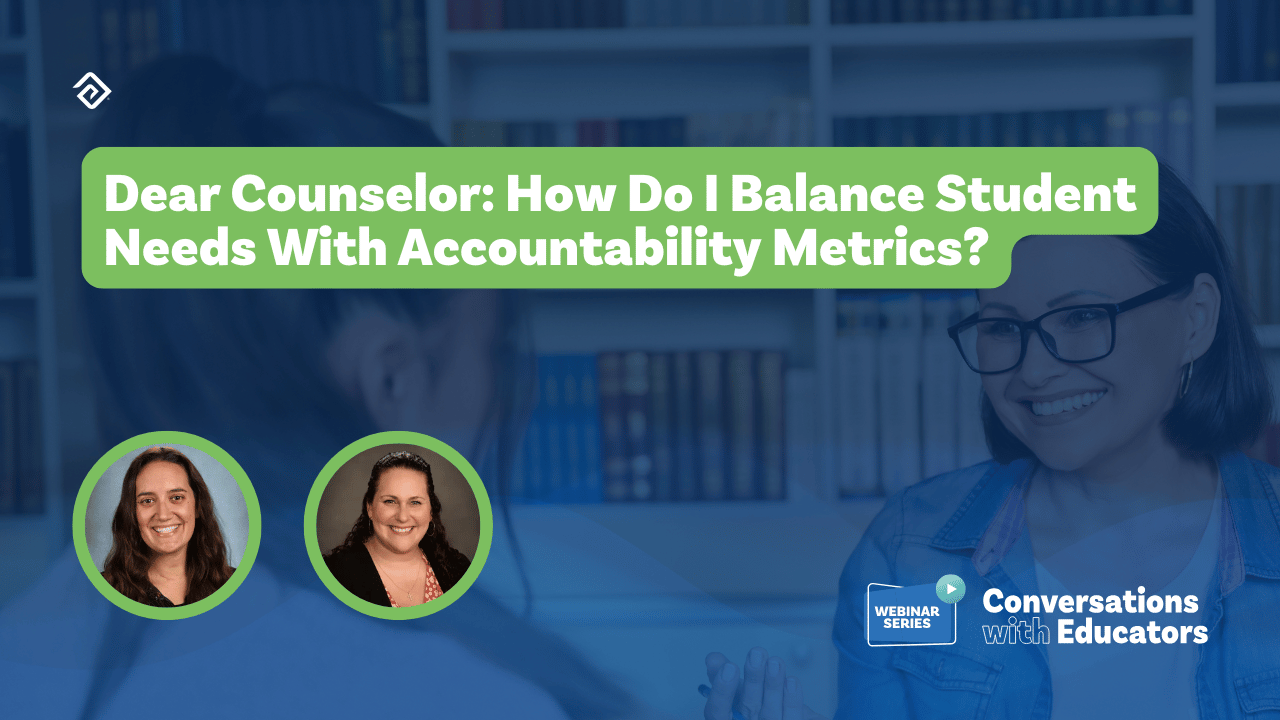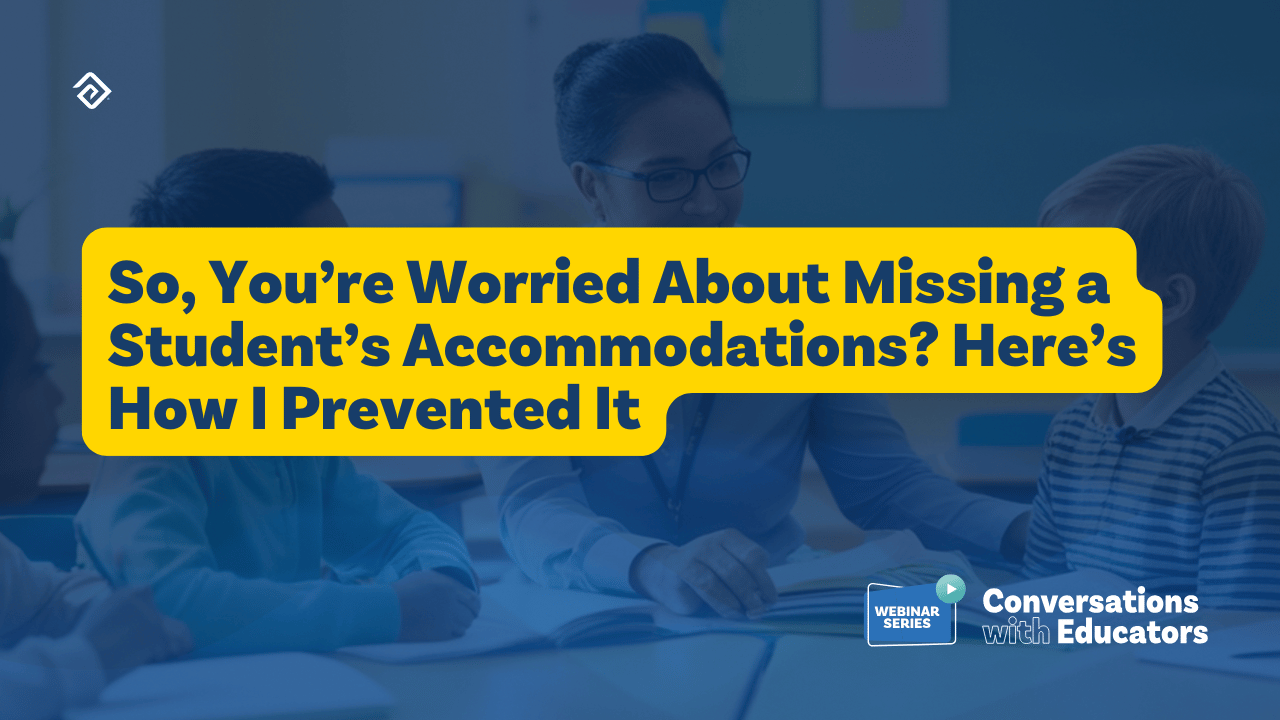IEP Accommodations: What You Should Know
Qualified individuals recognized under the Individuals with Disabilities Education Act, or IDEA, should have a plan for their special education while they are at school. An Individualized Education Program (IEP) describes the supports, modifications, and accommodations to allow a student to reach their IEP goals. IEP accommodations change how students learn, but does not change what students learns. Changing how a student learns can include: alterations of the environment, curriculum format, or equipment that allows an individual with a disability to gain access to content and/or complete assigned tasks.
Who Can Receive IEP Accommodations?
There are 13 categories of disabilities that are included in IDEA and if a student is diagnosed with one of them, they may be eligible for IEP accommodations. However, the disability must specifically affect their ability to learn or their educational performance. Children with IED plans may require additional accommodations or changes to their testing procedures and learning materials to ensure they have equal access to everything.
The 13 categories of disabilities are as follows:
1. Specific Learning Disability
These disabilities include conditions such as dyslexia and dyscalculia, which affect the student's ability to reason, speak, listen, write, read, or do math.
2. Other Health Impairment
Any condition that affects and limits the student's energy, strength or alertness is included under this category. For example, ADHD and narcolepsy could fall under this section.
3. Autism Spectrum Disorder
As a condition that usually affects the student's communication skills, social skills, and behavior, ASD may require accommodation.
4. Emotional Disturbance
This may include any mental health issues that affect the way a student responds emotionally. Bipolar disorder, obsessive-compulsive disorder, anxiety, and other mental issues may be included under this.
5. Speech or Language Impairment
Stuttering, speech impediments, or other language issues may be categorized under this section. If the language impairment makes it difficult for the student to express things correctly, they may require accommodations.
6. Visual Impairment
Blindness is not the only issue that falls under this category. Any visual problem that cannot be corrected with eyewear qualifies as visual impairment for the IEP.
7. Deafness
Any student without the ability to hear, despite having a hearing aid, may qualify.
8. Hearing Impairment
Hearing impairment is considered different than deafness, as it refers to hearing loss, which may be partial. It may also change over time.
9. Deaf-Blindness
Students with a diagnosis of deaf-blindness often find it challenging to complete testing with their peers. They face some unique issues as they deal with vision and hearing loss at the same time.
10. Orthopedic Impairment
Students who do not have the same physical abilities may need accommodations, as well. This category includes such disabilities as cerebral palsy or traumatic brain injury that affects movement.
11. Intellectual Ability
Students with something like Down Syndrome or another issue that causes a lower intellectual ability may qualify. They can suffer from poor self-care and may struggle with communication skills.
12. Traumatic Brain Injury
A damaging injury to the brain can leave a student with many challenges. These may include difficulties found in other categories on the list.
13. Multiple Disabilities
If a student has more than one of the above conditions, they are considered to have multiple disabilities. This may create issues that are difficult to manage with just one disability program.
What Are IEP Accommodations?
IEP accommodations are changes to the educational environment that allow students with a disability to overcome the barriers created by their disability. Accommodations ensure students have access to learning and understand learning goals.
Testing accommodations are important because they allow students to the content of the test through a variety of means. For many students with additional needs such as blindness, it can be difficult or nearly impossible to understand the test content. In some cases, students may need instructional modifications where the teacher provides additional content to help individual students such as mnemonic devices.
It's helpful for schools to use software to ensure every student with additional needs is able to receive the accommodations they need. Because IEPs require a team of teachers and administrators to implement, a software system that distinguishes appropriate access to the information, making the IEPs accessible to those that need it, is important. Software systems can also provide a method of tracking student progress toward IEP goals.
The Most Common IEP Accommodation Categories
IEP accommodations are broken into several specific categories. These include:
Presentation
Students may require the presentation of content to be a little different. For example:
- Audio versions of lectures or test descriptions
- Large print
- A designated reader
- Fewer lines per page
Response
How a student is required to respond may affect their score. To level the playing field, you may consider allowing the following options for responses:
- Verbal responses
- Dictated responses
- Recording audio responses
- Record directly in the test booklet
- Computer responses
Setting
Where the student's learning takes place may need to be adjusted. For example:
- Testing in small groups
- Study/testing in rooms with minimal distractions
- Specific seating, such as at the front of the room
- Particular lighting/acoustics
- Testing in a private space
Timing / Scheduling
You may need to adjust the time allowed for a student response or to complete an assignment or test. Examples include:
- Frequent breaks
- Extended time for completion of assignments or tests
- Provide testing in multiple sessions
- Provide testing over several days
- Allow for subtests to be taken in a different order
- Administer tests at specific times of day
Other
There may be other accommodations that must be made for a student throughout their learning career. These could include:
- Offer special test prep
- Provide other accommodations (within reason), which may not fit under the other categories
- Offer focusing prompts
Each of these accommodation categories aids students in completing the same work as their peers, without giving them an unfair advantage.
How Education Advanced Can Help
There are many ways to provide IEP accommodations for students, but these are some of the most popular. They don’t interfere with the actual scores a student receives but create a better environment to allow them equal opportunity, according to their needs.
If you wish to track all the IEP accommodations in your school, consider Education Advanced’s tracking option. You can see it here.
If your school is interested in new ways to improve the learning experience for children, you may also be interested in automating tasks and streamlining processes so that your teachers have more time to teach. Education Advanced offers a large suite of tools that may be able to help:
- Cardonex, our master schedule software helps schools save time on building master schedules. Many schools used to spend weeks using whiteboards to organize the right students, teachers, and classrooms into the right order so that students could graduate on time and get their preferred classes. However, can now be used to automate this task and within a couple of days deliver 90% of students' first choice classes.
- Testhound, our test accommodation software, helps schools coordinate thousands of students across all state and local K-12 school assessments while taking into account dozens of accommodations (reading disabilities, physical disabilities, translations, etc.) for students.
- Embarc, our curriculum mapping software, helps teachers quickly analyze whether or not their curriculum is aligned with state and national standards as well as share best practice curriculum plans with other teachers to reduce duplication and with parents to keep everyone up to date.



More Great Content
We know you'll love




